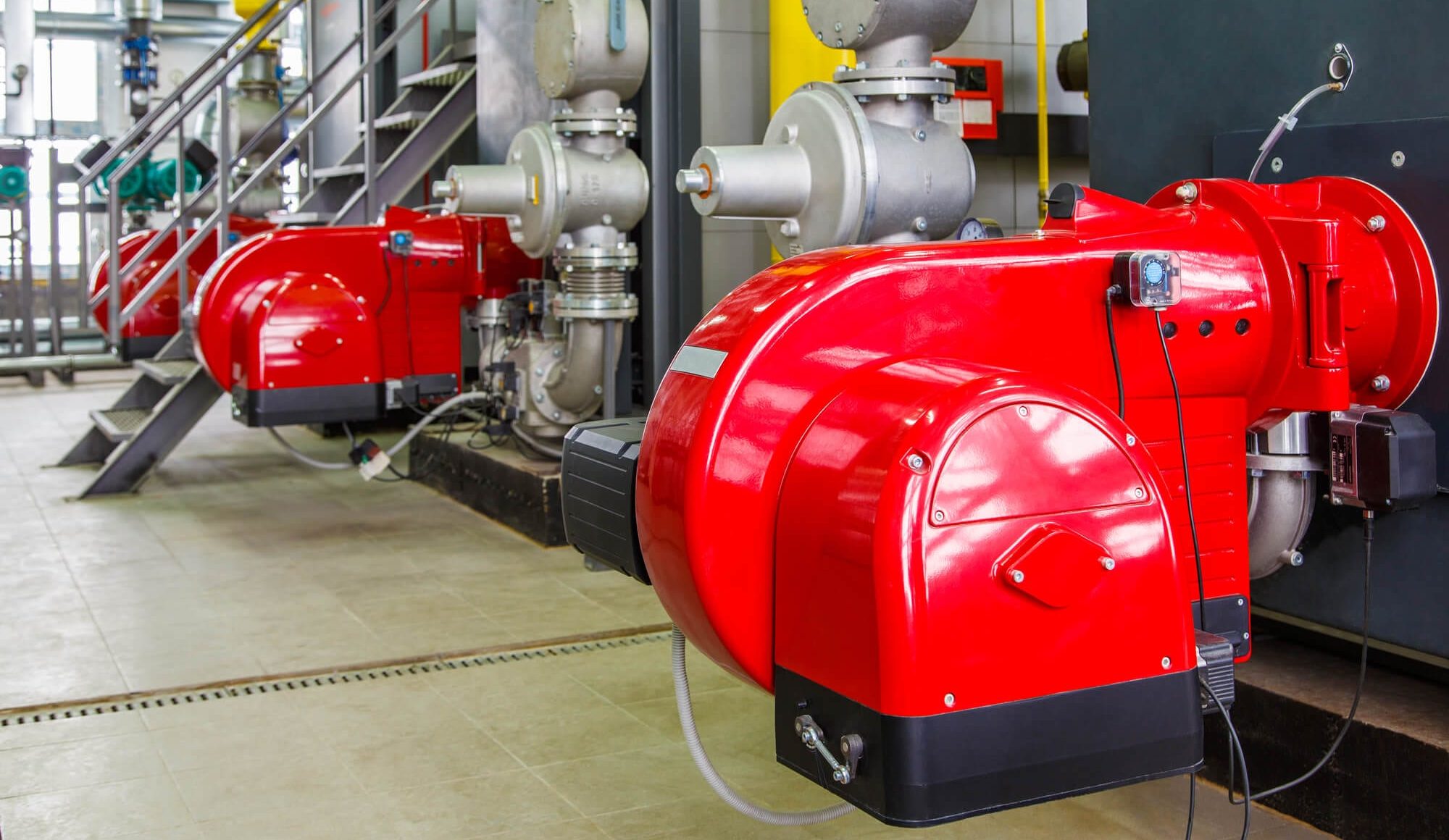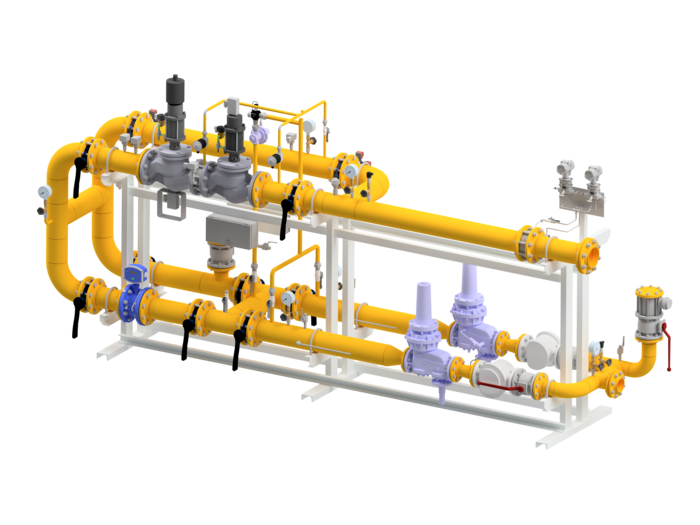
All combustion systems including those in gas turbines produce pollutants such as oxides of nitrogen (NOx), carbon monoxide (CO), and unburned hydrocarbons (UHC). NOx formation occurs due to the high combustion pressure and temperatures that prevail, resulting in the oxidation of atmospheric nitrogen. The formation of CO and UHC is generally due to poor combustion efficiencies. NOx has been associated with the formation of acid rain and smog, and it has also been associated with the depletion of the ozone layer. CO is a poisonous gas whereas UHC is not only toxic but UHCs also combine with NOx to produce smog. Combustion systems that use hydrocarbon fuels produce carbon dioxide (CO2) and water vapor (H2O) due to the oxidation of carbon and hydrogen. Although CO2 and H2O are considered non-toxic, they are greenhouse gases and have been associated with global warming.
The need to reduce emissions is now of paramount importance in protecting the health and the environment. The last decade has seen a rapid change in regulations for controlling gas turbine emissions. Such regulations have resulted in the development of dry low emission (DLE) combustion systems and, today, many gas turbines operate using such combustors.
Other systems considered include CO2 capture using solvents such as methanol amine (MEA) and storage, therefore preventing these gases from entering the atmosphere. This is often referred to as post-combustion carbon capture and storage and is being actively considered for current gas turbine power plants. Another method involves the removal and capture of CO2 before combustion and is therefore referred to as pre-combustion carbon capture and storage. Here, the fuel, normally natural gas, is converted to CO and H2. Steam (H2O) is added in the presence of a catalyst where the steam is reduced to hydrogen (H2) and oxygen (O2). The CO is now oxidized to CO2, which is then captured and stored. The reduction of H2O and oxidation of CO is often referred to as the water-gas shift reaction and was discovered by the Italian physicist, Felice Fontana, in 1780. The hydrogen (from the fuel and steam) is burnt in the gas turbine to produce power. The third method of carbon capture and storage, known as oxyfuel, involves the burning of fuel in oxygen. Thus the only gaseous emission is CO2, which is captured and stored. The oxygen required for combustion is captured or separated from the air. The above methods of carbon capture and storage are discussed in Andersen et al.3 and in Griffiths et al.4
The use of fuel cells, such as solid oxide fuel cells, in combination with gas turbines, can also be used to capture CO2 by keeping the CO2 stream and the water vapor streams separately. This is achieved by avoiding mixing the cathode and anode exit streams as the anode stream in principle is a mixture of CO2, water vapor and some unused fuel. As stated above, the high thermal efficiencies reduce the amount of required CO2 emissions for removal and storage.
In oil and gas exploration and production, oil and gas wells deplete over time and affect production. The storage of CO2 in these depleted wells not only provides a means of storage but also increases the pressures in these wells, therefore enhancing production. The additional cost of carbon capture and storage can therefore be offset partly by the increased production of oil and gas.

